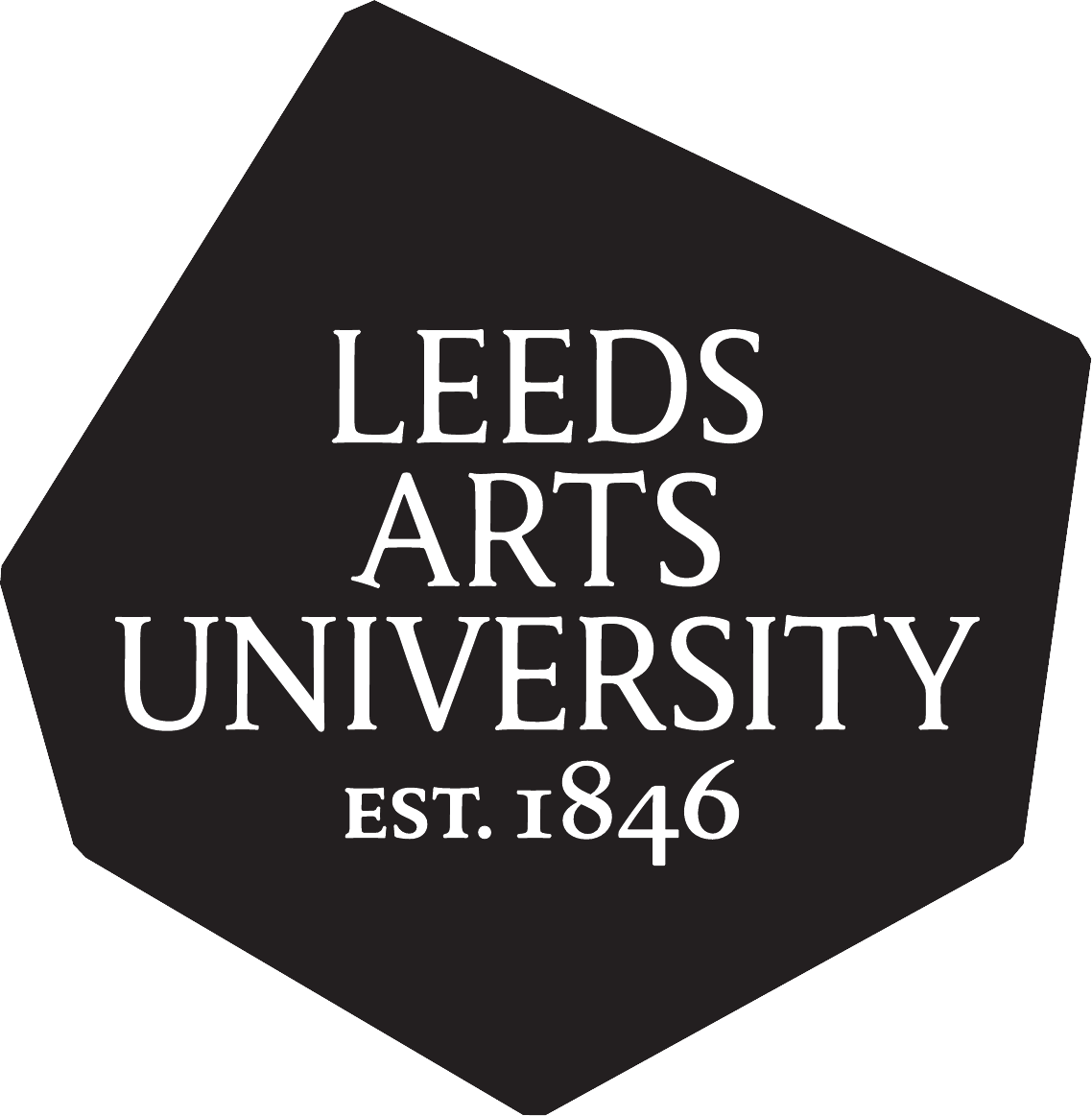Drawing the Embodied Mind: A Project Report on Research Into Interoception
Barker, Garry 
Abstract
This project report on the methodology used for drawing based perceptual research, explores how drawing can be used to interrogate the concept of the body as being the driving force behind our perceptual experiences. It reflects on drawing as a way to represent a non-linguistic experience of embodied consciousness. Drawn images are developed by imaginative responses to the body’s somatic perceptual input, and are used to communicate the sensory experience of interoception. Images are also constructed in response to a need to develop representations of sensations that emanate both from within and without the body; something that is essential if we are to coordinate a totality of responses to various situations as they arise, situations that it is argued, emerge both internally and externally at the same time. The world we experience, it is argued, is not an internal representation of an out there experience, it is as Merleau-Ponty argues “inseparable from a person perceiving it, and can never be actually in itself because its articulations are those of our very existence.” The images that are now beginning to emerge from this drawing led project, it is further proposed, can be regarded as those ‘articulations of existence’ that are required if we are to begin communicating to each other about how we feel and how we sense our inner body is trying to communicate with what we sometimes think of as our rational conscious selves. Using his own drawings as well as responses from others, the artist, Garry Barker, explains how he has developed this drawing research out of his previous investigation into the use of votives, which was used to help others overcome fears of illness and as an aid to their recovery. Finally questions are asked as to whether or not the drawings produced are purely representational or engaged in what Karen Barad calls a performativity that emerges from a “direct material engagement with the world”.
Actions (login required)
 |
Edit Item |

